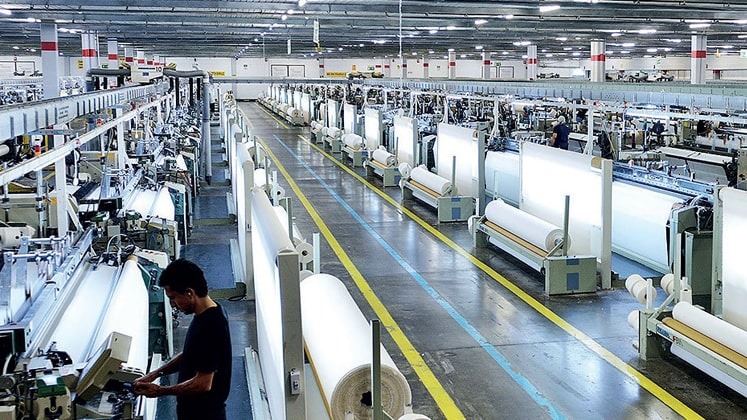The textile sector in India is experiencing profound challenges, leading to distress among workers and a significant exodus from the industry. A study by the Textiles Committee revealed that between 2015 and 2020, nearly 2.14 lakh job opportunities were adversely impacted due to declining exports, stagnant wages, and an influx of imports in the pre-COVID-19 period.
This distress has profoundly affected India’s textile and apparel sector, which stands as the country’s second-largest employer, providing employment to approximately 45 million individuals. The slowdown in the sector has resulted in stagnant wages, depriving workers of customary incentives, prompting many to seek alternative employment avenues.
The magnitude of the impact within the sector varies based on factors such as the size of the unit and the type of textiles involved, including handloom, power loom, or manmade fabrics. Despite the absence of a comprehensive post-COVID-19 study indicating the level of distress, both factory owners and workers across the nation unanimously call for urgent governmental intervention to address the industry’s challenges.
The repercussions of this distress are palpable in various textile clusters, especially in southern states. Tiruppur, known as ‘t-shirt town,’ illustrates the stark reality, with diminished job opportunities and reduced bonuses for workers. The situation is mirrored in Palladam, where a power loom weaver, Velusamy, faced declining orders and had to downsize operations, leaving several workers without jobs.
Workers like Sahajan from West Bengal have expressed their intent to return home due to reduced bonuses and inadequate earnings compared to alternative job prospects. Similarly, individuals like Vinod, also power loom weavers, face reduced workdays and limited options, unable to return to their hometowns where employment opportunities are scarce.
The plight extends beyond individual workers; garment factories in Bengaluru are grappling with labor shortages as workers transition to better-paying jobs in other sectors. This migration has significantly impacted allied activities such as transport and storage services, leading to reduced earnings for individuals like Selvaraj and Arul.
Multiple reasons contribute to this widespread distress in the textile sector, including dwindling orders, reduced rates for fabric weavers and spinners, and an influx of imported products. The absence of comprehensive data on the post-COVID-19 impact, disparities between organized and unorganized labor sectors, and competitive challenges from other nations due to lower labor costs further compound the industry’s challenges.
This complex scenario demands immediate attention and comprehensive interventions. The industry calls for robust data collection mechanisms, better labor conditions, and a unified approach to address the multifaceted issues plaguing the textile sector. Unionization, improved data collection, and addressing the needs of workers, especially migrants, stand as critical steps for the industry’s revival and sustained growth.

